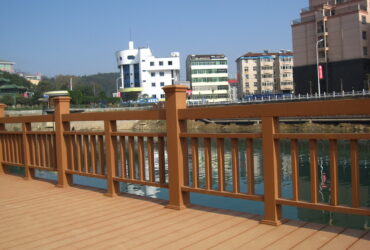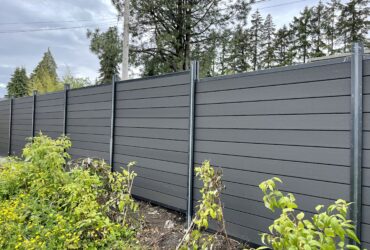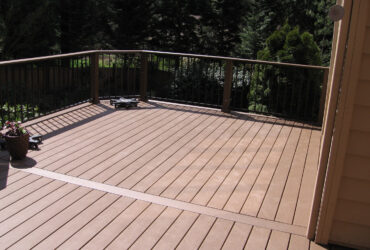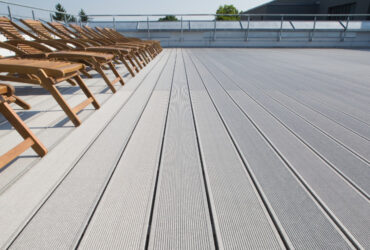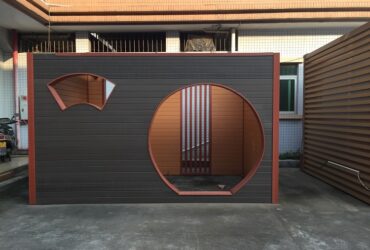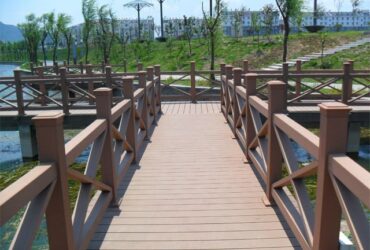Research Progress On The Functionality Of Co-extruded Wood-plastic Composites (2)
Physical and chemical properties
Physical and chemical properties are one of the most important performance indicators of co-extruded wood-plastic composites, and they are also a research hotspot at present. The study found that the flexural strength of non-coextruded and coextruded wood-plastic composites decreased first and then tended to balance with the prolongation of water immersion time.However, after immersion in water for 192 hours, the retention rate of flexural strength of the co-extruded wood-plastic composite was as high as 94%, and the retention rate of flexural modulus was 83%.The retention rate of flexural strength of non-co-extruded wood-plastic composites under the same conditions is only 83%, and the retention rate of flexural modulus is only 48%, which shows that co-extruded wood-plastic composites have better physical and chemical properties.
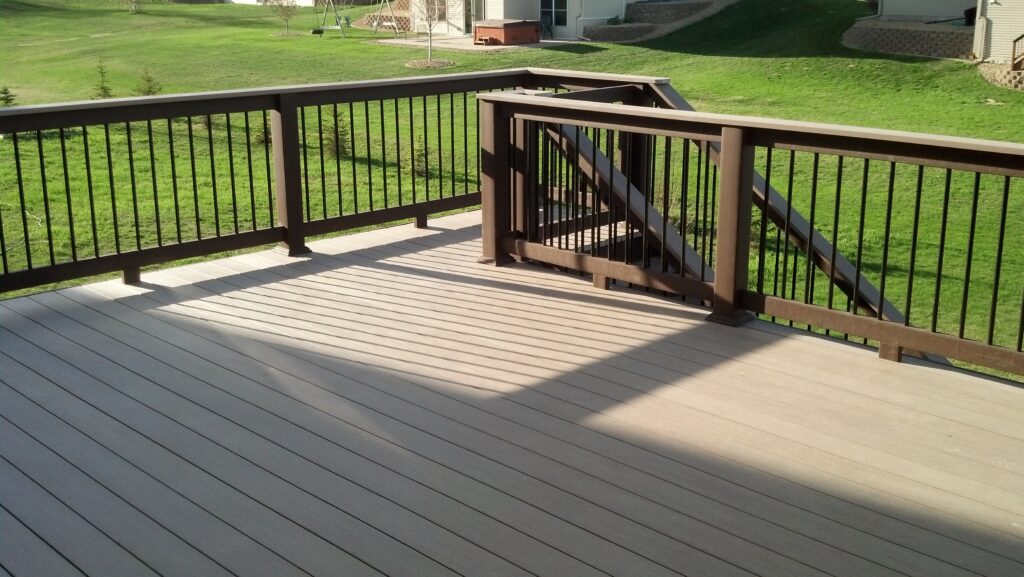
Co-extruded surface modification is also an effective method to improve the physical and chemical properties of co-extruded wood-plastic composites.The effect of adding glass fiber into the co-extruded surface layer on the physical and chemical properties of wood-plastic composites was studied.The study found that under different thicknesses of the co-extrusion layer, adding glass fiber to the co-extrusion surface layer, the bending strength of the wood-plastic composite material was significantly improved. When the core strength is low, the bending strength of wood-plastic composites increases with the increase of the thickness of the co-extruded surface layer; however, when the core strength is high, the bending strength decreases with the increase of the thickness of the co-extruded surface layer. The effect of nano-sized silica and micron-sized silica on the physical and chemical properties of wood-plastic composites was studied. Studies have found that nano-silica can increase the impact strength of wood-plastic composites by 20%, while micron-sized silica does not significantly enhance the impact strength of the material.

The above research shows that the physical and chemical properties of co-extruded wood-plastic composites are determined by the strength of the core layer and the strength of the co-extruded surface layer. The physical and chemical properties of co-extruded wood-plastic composites can be improved by using a lower-performance core layer with a higher-performance co-extruded surface layer. This provides a practical new method for using hybrid wood fibers and multi-component waste polyolefins (lower strength) for the core layer of wood-plastic composites.

